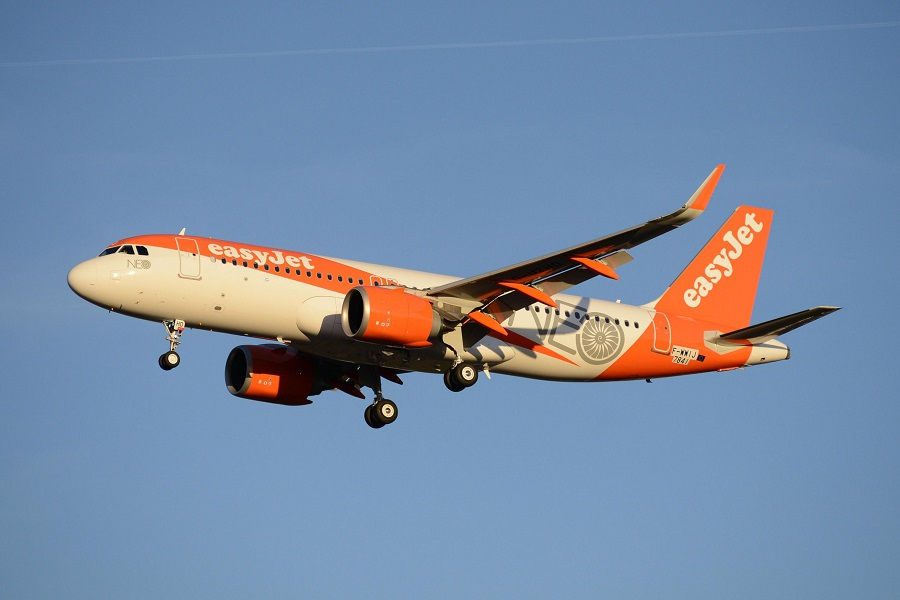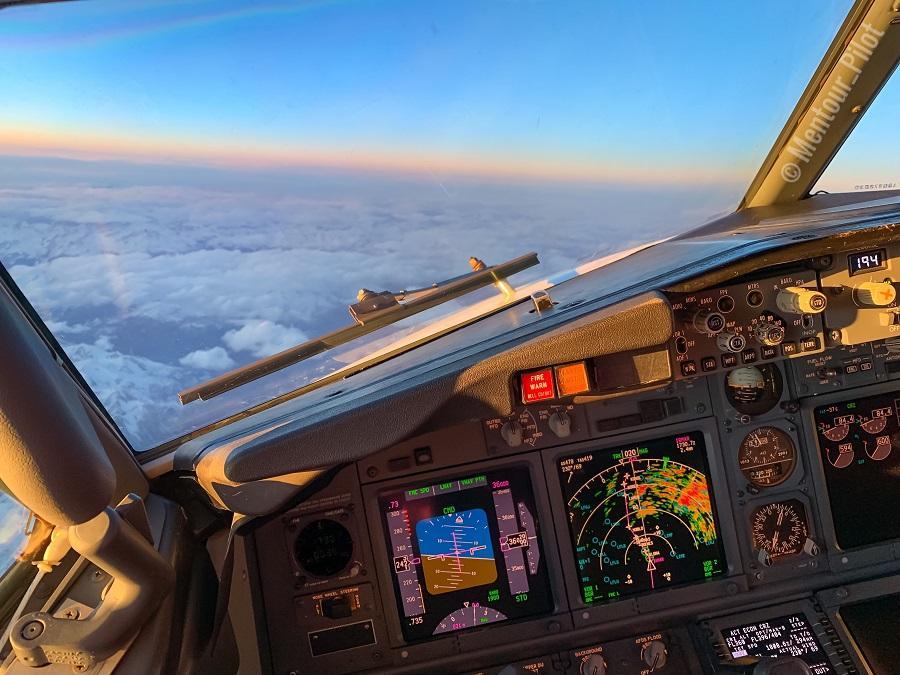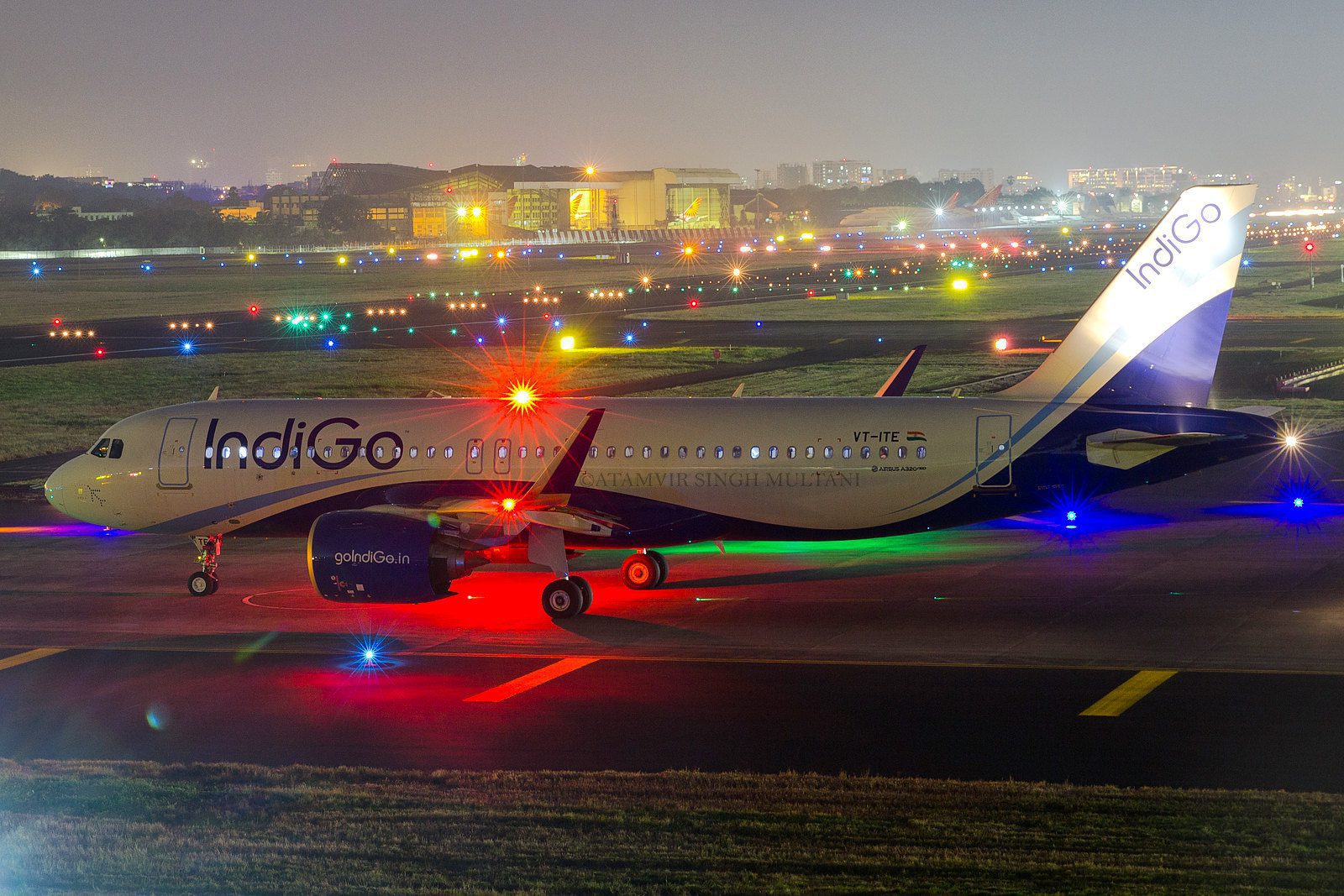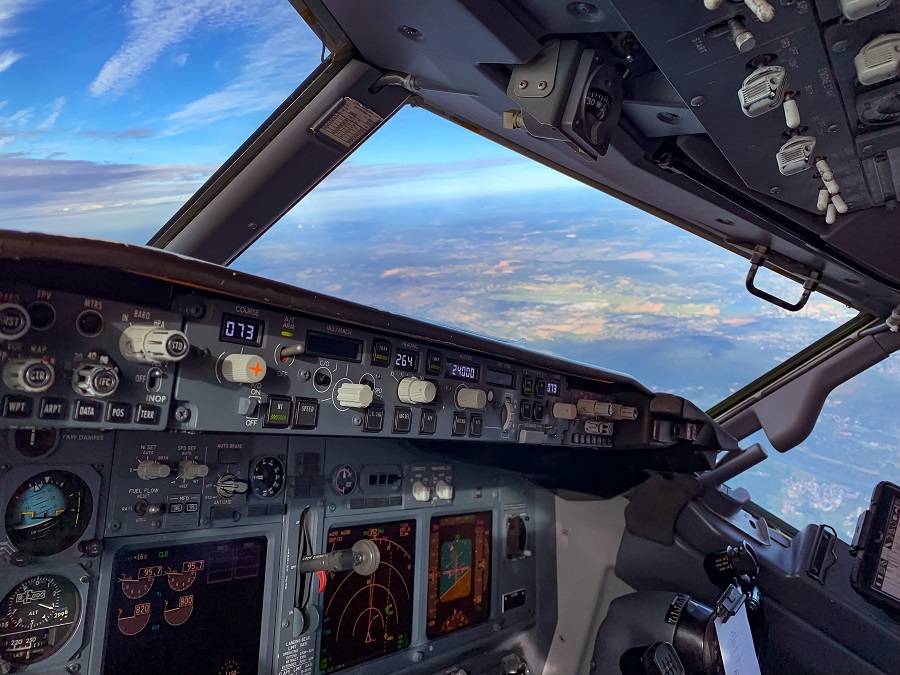Last week BALPA warned aspiring pilots to think twice before going into flight training. But some in the industry disagree with them. In this turbulent climate it is difficult to pick advice about the future of aviation. Nobody has a crystal ball and the dust is a long way from settling.
The British AirLine Pilots Association (BALPA) released a warning, asking people considering to start flight training to think again. They mentioned that training can lead to debts over £100,000, with no prospect of a job. They mentioned the numbers of unemployed pilots in Europe and the UK – 10,000 and 1,600 respectively.
They also mentioned the approximately 200 trainees who were in an easyJet-sponsored training programme, and lost that sponsorship. It’s worth mentioning here that these easyJet students were in an MPL programme. Without getting into details, MPL programmes are airline-specific. So students in such a programme can’t switch to a different airline, if something goes wrong. This is something that aviation authorities are now trying to remedy.

A few days after BALPA’s statement, flying academies like CAE made their own statements. CAE points out that despite the current turmoil, mandatory retirements of pilots will generate a market for new pilots. Due to pilots retiring faster in the pandemic, they expect demand for 27,000 new pilots by the end of 2021. With these numbers, they see pilot numbers returning to 2019 levels by 2022. And a demand for 260,000 pilots by the end of the decade.
Flight Training Dilemma
The contradiction between the two analyses is obvious. It should also be pointed out here that both BALPA and CAE have vested interests in the matter. BALPA has to deal with the very real number of unemployed pilots among its members. And who would need to compete for jobs with newer pilots. CAE, on the other hand, provides flight training.
The current pandemic unsettled a lot of industries. The travel industry in general and the aviation industry in particular weren’t unsettled – they were turned upside down. In April many airlines stopped operating completely for weeks. Seemingly healthy airlines were suddenly considered to be at risk.
Those airlines that were already in some trouble, found themselves depending on government assistance. Or worse. Many pilots were put on furlough, or fired. And a lot of people in flight training were now in trouble. Those already in advanced training will be the hardest hit, because they will have to wait before airlines begin hiring.
But the real question is: how long will this crisis last? Here it might be worth comparing this crisis with past examples. Well – one big example, in particular.

9/11
September 11th 2001 was the beginning of what many call ‘the lost decade’, particularly in the United States. The tragic events of that day changed aviation (and flight training) for years. But then, the problem was that people felt that flying itself had become dangerous. That authorities took a few years to agree how to remedy that situation didn’t help.
Today’s crisis is certainly affecting flying, but people are afraid of the virus, not flying itself. We had some promising news of a vaccine yesterday (November 9th) with other vaccine trials suggesting progress as well. The production and distribution of new vaccines once they are approved (probably in December) will take months. We probably won’t quit masks even then, but the question is: why would people be afraid of flying, once vaccinated?
Comparing Timelines
To try to determine if someone should start training now, the time required for flight training needs to be compared with the time people will want to fly again. Obviously the latter depends on the progress of the vaccine and its distribution. There is a lot of work going on at the moment on distribution. Regardless, let’s assume that it takes until mid-summer for 60-65% of people in major population centres to get the vaccine. That’s roughly 8-9 months away – if you are in the northern hemisphere.
So, how long does flight training take? The fastest way for someone to get trained from scratch as a commercial pilot today, is an integrated ATPL course. This type of course doesn’t tie the student to a specific airline. Various flight schools state that it is possible to complete such a course in 16 months. Many suggest that 18 to 20 months is more realistic. And that’s not all.

If the course didn’t include an MCC (Multi-Crew Cooperation course), the student needs to do that, too. And then, even if he/she finds a job with an airline immediately, there is a type-rating course. All-in-all, two years is a nice, short time for somebody to go from the street to the right seat of an airliner.
Also, the above assumes direct entry, i.e. not doing other aviation work after flight training. A lot of people spend some time in between, towing gliders, dropping parachutists or training newer pilots.
Note that these timelines revolve around EU and UK rules (EASA). In the US, certain hour minimums apply. However, these hour minima add even more time between the start of training and working for an airline. Here are some calculations based on American pilot training and numbers (by Visual Approach):

Flight Training Versus Recovery
Going back to the timelines… it’s not quite that simple. With vaccination underway and mostly available in 9 months, it will take more time for the industry to recover. That could take another year. Still under the two years of flight training, going the Integrated ATPL way. But there are indications suggesting that perhaps some airlines will recover much faster.
In the pandemic, many airlines have postponed deliveries of new aircraft. Many cancelled orders. Some, like WizzAir, have jumped in to get their new aircraft sooner, picking up others’ delivery spots. IndiGo, ordered 300 new Airbus aircraft before the pandemic, adding to existing orders for almost as many more. And haven’t cancelled any of them. On the contrary, they’re using this timing to get a good engine deal (worth $10-11bn) for 150 of these aircraft. The rest of India’s market is going well, too.

In China, low-cost carrier Spring Airlines already operates at similar levels (in monthly passenger numbers) as they did in 2019. Granted, that’s an unusual case, because the airline also doubled its market share. That’s in part because in China low-cost carriers aren’t yet as popular.
In simple terms, some airlines have cash flow and will recover fast, so they know they need aircraft and will get them. And they will need pilots to fly these aircraft. These airlines tend to be low-cost carriers, but not all of them are as healthy. Even healthy airlines have furloughed and fired many pilots. But if they still have the aircraft (as low-cost carriers do), they will eventually want the pilots back. And will need more to replace retiring pilots, or those who won’t come back for other reasons.
Reduction Of Business Travel?
Another argument against training at the moment, is the proliferation of on-line meetings in the pandemic. Many feel that companies will continue this trend afterwards, as a result of living with it in these times. But there are a couple of reasons why this probably won’t have the big effect many imagine.
Firstly, most large companies were already using Zoom and Skype calling in some way. Many discovered it last spring, but it seems doubtful that important (and perhaps sensitive) personal meetings will cease to be. Secondly, airlines as diverse as IndiGo and SWISS report having large numbers of very reliable, non-seasonal customers. They both call them ‘visiting-friends-and-relatives’ (or VFR) customers.

Is There A Conclusion?
It is safe to assume that the aviation landscape after the pandemic won’t be what it was in 2019. Many airlines will emerge smaller. Some smaller low-cost carriers seemingly can’t wait to get bigger (WizzAir comes to mind). Others wait for their MAX aircraft to be allowed back in the air. These planes will need trained pilots, too. Airbus is already increasing its deliveries now!
Clearly, the first pilots back will be the ones that lost their jobs. Which won’t affect those not yet in training right now, because they will still be in training at that time. Bear in mind also that very large numbers of 2020’s summer holidaymakers rebooked for 2021. Post-pandemic, after months stuck with internet chats and meetings, it seems unlikely that people won’t take the chance to travel.
Aviation is shaken already, but airlines keep flying now, losing money. They are maintaining these valuable resources at a loss, because they are expecting something better. Many people will suffer through this but someone will have to fly the planes when it’s all over.
Troubled students and parents should do their research. Be aware of the vested interests of people on BOTH sides and make rational decisions.
Sources: BALPA, CAE and Visual Approach
More from Visual Approach Analytics



